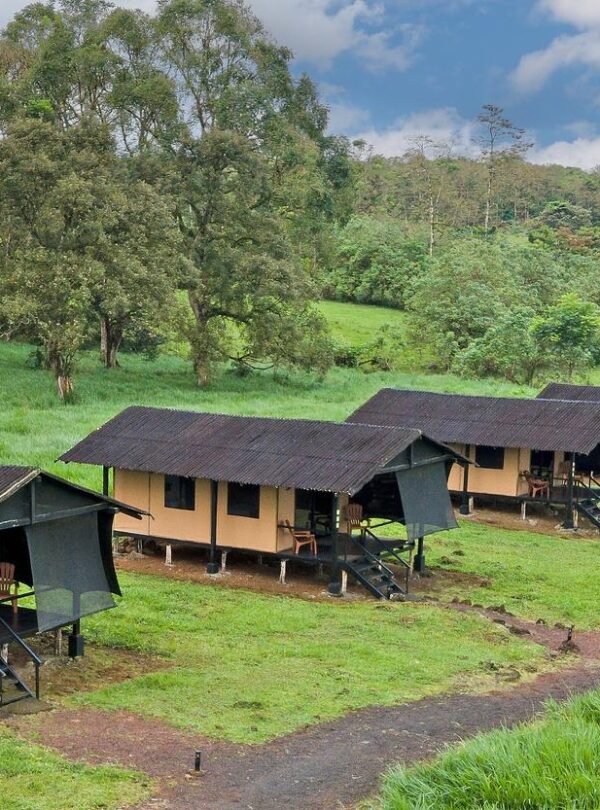Overview
Six hundred miles off the coast of Ecuador in the open ocean, a volcanic archipelago straddles the equator. The Galapagos Islands, forged of black lava and named for the giant tortoises that are among their most noted inhabitants, are like no other place on Earth. Home to a profuse array of unique wildlife, the islands offer an immersion in nature that feels primeval. Iguanas and blue-footed boobies share the beaches with us, unfazed by our presence. Giant tortoises amble through our private camp, their golden eyes looking out from wizened faces. Inquisitive sea lions play with us in the clear turquoise water, as Galapagos penguins dart by and sea turtles glide past. Author Herman Melville, who visited the islands in 1841, shortly after Darwin’s momentous visit, called them the “Enchanted Isles”—an apt moniker for a realm that remains otherworldly, even today.
Trip Highlights
- Explore a Diversity of Islands from Our Chartered Yachts Our Galapagos adventure is an immersive exploration, with a full week in the islands aboard a privately chartered small ship carrying just 14–16 guests
- Spend a Night with Giant Tortoises at Our Private Camp Snorkel with sea lions, swim with turtles, sunbathe with iguanas, scout for whales and stay in wild tortoise terrain at our Tortoise Camp—a Nat Hab exclusive!
- You Won't Find a Smaller Group or Better Guides Each group is led by two Expedition Leaders—the Galapagos' most highly trained naturalist guides—for the best guide-to-guest ratio in the islands
Itinerary
Please fill out the form below to request a quote for rates.
Included
- Trip price includes: Accommodations including the Petrel, Tip Top IV or Nemo III, Nat Hab's deluxe private Tortoise Camp, and hotel on the mainland, services of Nat Hab's professional Expedition Leaders, all meals from breakfast on Day 2 through breakfast on final day, local beer and house wine with dinner aboard the ship, soft drinks, snorkeling gear and wetsuit, some gratuities, airport transfers on Day 1 and final day, all activities and entrance fees, all taxes and service fees.
- Internal air cost includes: Round-trip flights between Quito and the Galapagos (this will be listed separately on our invoicing).
Not Included
- Travel to and from the start and end point of your trip, some alcoholic beverages, some gratuities, passport and visa fees (if any), optional activities, items of a personal nature (phone calls, laundry and internet, etc.), airline baggage fees, airport and departure taxes (if any), required medical evacuation insurance, optional travel protection insurance.
Map











